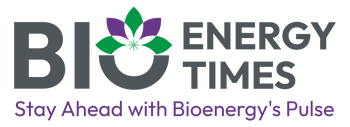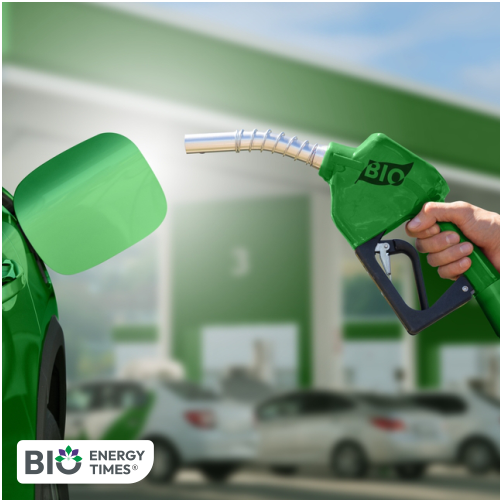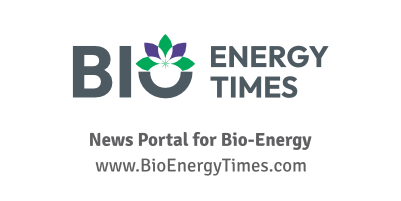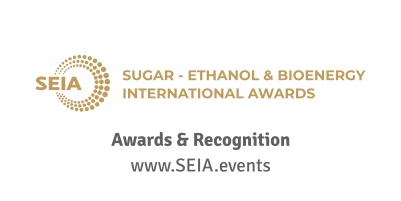Kathmandu: Nepal’s plan to mix ethanol into petrol, first developed two decades ago, remains unimplemented, despite its potential to reduce fuel imports and cut pollution. Experts estimate the country could save around Rs 1.25 billion annually in petrol import costs if the plan were enforced, reports Republica.
Unlike India, which has been using ethanol-blended petrol for years, Nepal has yet to adopt this practice. Ethanol, a cleaner-burning fuel made from sugarcane, straw, dried grass, and other biomass, can lower harmful engine emissions and reduce the need for imported petrol.
The ethanol blending plan was first introduced in 2003, but delays in establishing the necessary procedures for production and usage have stalled progress. Chandika Prasad Bhatta, Executive Director of Nepal Oil Corporation (NOC), said the corporation had finalized the procedures and submitted them to the Ministry of Industry, Commerce, and Supplies. “We are ready to start blending ethanol into petrol as soon as the government approves the plan and production begins,” he said.
Nepal currently consumes about 4 million liters of petrol daily. According to NOC studies, blending 10 percent ethanol could reduce petrol use by 400,000 liters per day — or 144 million liters annually. At the current rate of NPR 85 per liter paid to the Indian Oil Corporation (IOC), this would save Nepal roughly NPR 1.241 billion each year.
The government has acknowledged the benefits of ethanol. In the national budget for the upcoming fiscal year 2082/83, Finance Minister Bishnu Paudel announced plans to begin cutting petrol imports by blending bioethanol.
“Promoting ethanol production helps farmers and reduces environmental pollution,” Bhatta added. Since ethanol is derived from agricultural products, it can provide an additional source of income for farmers while supporting Nepal’s push toward cleaner energy.
In contrast, India has taken a more proactive approach. Ethanol blending policies there target 30 percent use by 2030, with current petrol blends ranging from 12 to 20 percent, depending on the region.
Bhatta emphasized that Nepal would face no technical hurdles if it produced ethanol domestically. “Once the government sets the price, farmers can supply ethanol, and the corporation is ready to use it,” he said.
While Nepal continues to encourage the adoption of electric vehicles, energy experts argue that ethanol blending deserves equal attention. They stress the importance of thorough discussion and planning to ensure ethanol use remains safe, affordable, and environmentally beneficial.
The implementation of ethanol blending could mark a significant step toward energy independence, cost savings, and pollution control — if the long-delayed plan finally gets the green light.
















